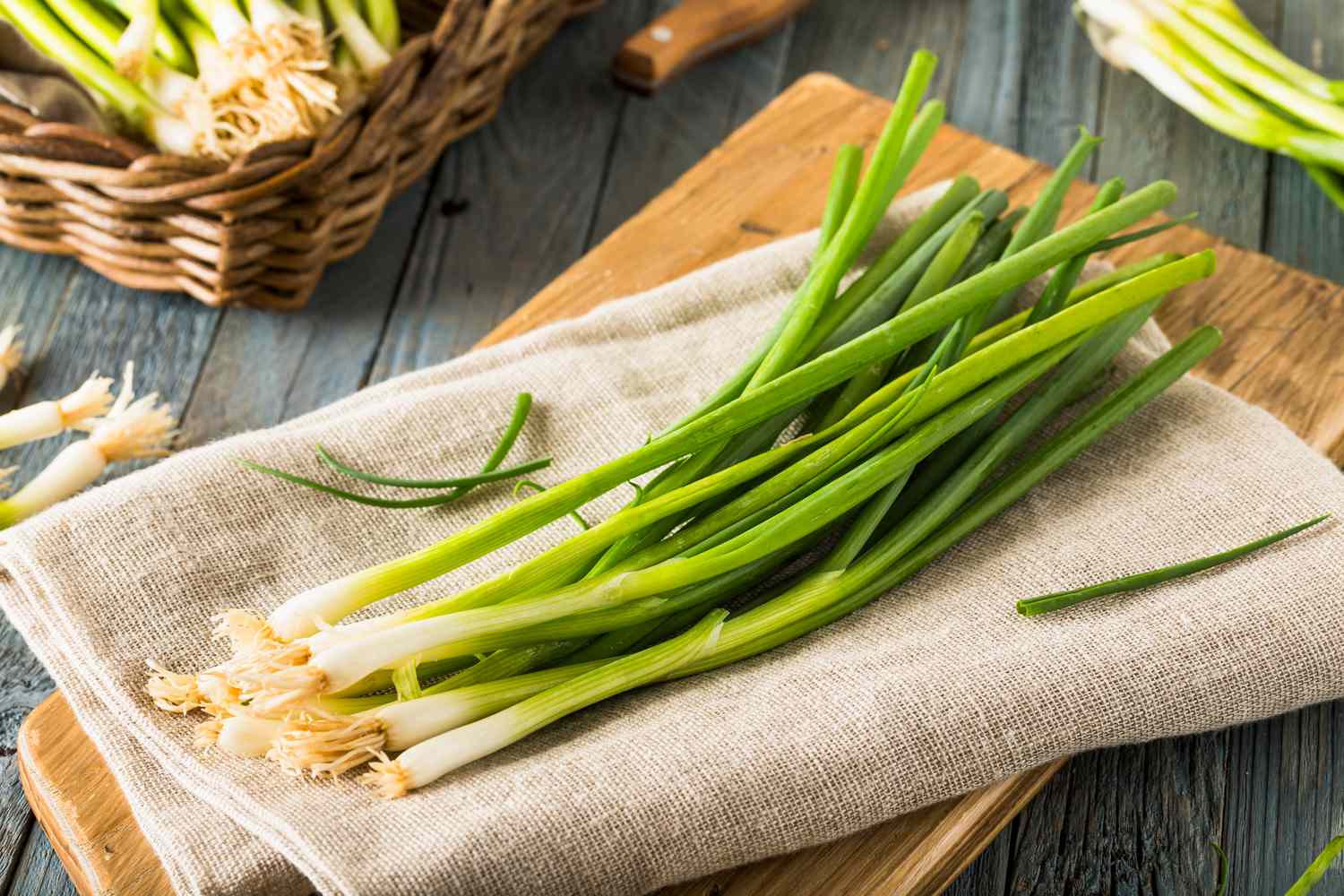

Articles
How To Store Spring Onion
Modified: January 18, 2024
Looking for articles on how to store spring onion? Here are some tips and techniques to keep your spring onions fresh and flavorful for longer.
(Many of the links in this article redirect to a specific reviewed product. Your purchase of these products through affiliate links helps to generate commission for Storables.com, at no extra cost. Learn more)
Introduction
Spring onions, also known as scallions or green onions, are a versatile and flavorful ingredient in many dishes. Their mild taste and crisp texture make them a popular choice in salads, stir-fries, soups, and more. However, if you find yourself with an abundance of spring onions, you might be wondering how to store them to maintain their freshness and flavor for as long as possible.
In this article, we will explore the best methods for storing spring onions, both in the refrigerator and freezer, to ensure that you always have them on hand whenever you need them. We will also discuss how to choose and prepare spring onions before storage, as proper handling can significantly extend their shelf life.
So if you love cooking with spring onions, keep reading to learn some valuable tips and tricks on how to store them effectively and enjoy their vibrant taste and aroma even after several days or weeks.
Key Takeaways:
- Keep spring onions fresh by storing them in the refrigerator with a damp paper towel and perforated plastic bag. Use within a week or two for the best quality and flavor.
- Extend the shelf life of spring onions by freezing them after cleaning, chopping, and blanching. Enjoy their vibrant taste and aroma in cooked dishes for up to three months.
Read more: How To Store Spring Onions For Months
Choosing and Buying Spring Onions
When it comes to storing spring onions, selecting the right ones from the start is crucial. Here are some tips for choosing and buying the best spring onions:
- Look for fresh and vibrant leaves: Choose spring onions with crisp, green leaves and avoid any that are wilted, yellowed, or have slimy spots. Fresh leaves indicate that the onions are still in good condition.
- Firm and unbruised bulbs: Check the bulbs of the spring onions for firmness. They should feel solid and not have any soft or mushy spots. Additionally, avoid onions with bruised or damaged bulbs as they will not store well.
- Avoid sprouting onions: Spring onions that have started to sprout are not ideal for storage. The sprouts indicate that the onion is old and will likely not last very long.
- Consider the size: Spring onions come in various sizes, from thin and slender to thicker bulbs. The size you choose depends on your preference and the intended use. Keep in mind that larger bulbs may have a stronger flavor.
When buying spring onions, it’s best to purchase them as fresh as possible. This can often be achieved by opting for local farmers’ markets or grocery stores known for their high-quality produce. Additionally, try to consume the spring onions within a few days of purchase to ensure optimal freshness and taste.
Cleaning and Preparing Spring Onions for Storage
Before storing spring onions, it’s essential to clean and prepare them properly. Here are the steps to follow:
- Trim the roots: Start by trimming off the roots of the spring onions. Use a sharp knife or kitchen scissors to cut off the bottom, removing any brown or discolored parts.
- Remove any wilted leaves: Inspect the green leaves of the spring onions and remove any that are wilted or damaged. This will ensure that only fresh and healthy parts are stored.
- Rinse with cold water: Give the spring onions a gentle rinse under cold water to remove any dirt or debris. Gently pat them dry with a paper towel or clean kitchen towel. Make sure they are completely dry before storing to avoid moisture buildup.
- Consider optional steps: If desired, you can further prepare the spring onions by thinly slicing them or chopping them into desired lengths. This can make them more convenient to use later on in various recipes.
Once the spring onions are cleaned and prepared, you can proceed with storing them using the methods we will discuss next. Remember that proper cleaning and preparation are essential for maintaining the quality and flavor of the spring onions throughout their storage duration.
Storing Spring Onions in the Refrigerator
Refrigeration is the most common and effective method of storing spring onions. Follow these steps to keep your spring onions fresh for a longer period:
- Wrap in a damp paper towel: Take a damp paper towel and wrap it around the roots of the spring onions. This helps to keep them hydrated and prevent wilting. Make sure the paper towel is not soaked but moist enough to provide moisture.
- Place in a perforated plastic bag: Put the wrapped spring onions in a perforated plastic bag or a vegetable storage bag with holes. The perforations allow for proper air circulation, preventing moisture buildup, which can cause spoilage.
- Store in the vegetable crisper: Put the bagged spring onions in the vegetable crisper drawer of your refrigerator. The controlled temperature and humidity in this drawer help to maintain the freshness and flavor of the onions.
It’s important to note that spring onions stored in the refrigerator may lose some of their crispness over time. Therefore, it’s best to use them within a week or two for the best quality. Check periodically for any signs of spoilage, such as sliminess or foul odors, and discard any onions that show these signs.
Remember, the key to successful refrigerator storage is keeping the spring onions well-hydrated and providing proper air circulation. These measures will help to prolong the shelf life and maintain the texture and flavor of the onions for as long as possible.
To store spring onions, trim the roots and place them in a glass of water. Cover the top with a plastic bag and store in the refrigerator. Change the water every few days to keep them fresh.
Freezing Spring Onions
If you have an abundance of spring onions and want to extend their shelf life even further, freezing them is a great option. Here’s how you can freeze spring onions:
- Clean and trim the spring onions: Follow the cleaning and preparation steps mentioned earlier to trim the roots, remove wilted leaves, and rinse the spring onions under cold water.
- Chop or slice the spring onions: Decide whether you want to chop or slice the spring onions before freezing. You can cut them into small pieces or slice them thinly, depending on your preference.
- Blanch the spring onions (optional): Blanching is recommended for optimal freezing results. Bring a pot of water to a boil and blanch the chopped or sliced spring onions for about 2 minutes. Immediately transfer them to an ice bath to stop the cooking process. Blanching helps to preserve the color, texture, and flavor of the spring onions.
- Drain and pat dry: After blanching, drain the spring onions and pat them dry with a clean kitchen towel or paper towel. Ensuring they are dry will prevent ice crystals from forming and reduce the risk of freezer burn.
- Package for freezing: Place the chopped or sliced spring onions in an airtight freezer-safe container or freezer bag. Remove as much air as possible before sealing to prevent freezer burn. Label the container with the date for easy reference.
- Freeze: Put the packaged spring onions in the freezer, making sure they are kept flat to maximize space. They will typically stay fresh for up to three months.
When you need to use the frozen spring onions, you can remove the desired amount and add them directly to your recipes. There is no need to thaw them beforehand. Frozen spring onions are perfect for cooked dishes like soups, stews, stir-fries, and casseroles.
Freezing spring onions is a convenient way to preserve their freshness and flavor for an extended period, allowing you to enjoy them even when they are out of season.
Read more: How To Store Spring Onions In Fridge
Using Stored Spring Onions
Now that you have successfully stored your spring onions, it’s time to put them to good use in your recipes. Here are a few ideas on how to incorporate stored spring onions into your cooking:
- Salads and garnishes: Spring onions can add a refreshing crunch and mild onion flavor to salads. Use thinly sliced spring onions as a topping or mix them into your favorite salad recipes for an extra kick.
- Stir-fries and sautés: Add stored spring onions to stir-fries and sautés for a burst of flavor. They pair well with other vegetables, meats, and sauces, enhancing the overall taste of the dish.
- Soups and stews: Toss some spring onions into your homemade soups and stews to elevate the flavors. They can be added at the beginning of cooking or as a garnish at the end for a fresh and aromatic touch.
- Omelets and scrambled eggs: Sprinkle chopped spring onions into your omelets or scramble them with eggs for a delicious and savory breakfast option.
- Dips and sauces: Finely chop stored spring onions and add them to homemade dips and sauces for an extra layer of taste. They work well in creamy dips, salsas, and even homemade salad dressings.
Regardless of how you decide to use your stored spring onions, remember to adjust the quantity according to your preference and the recipe’s requirements. Spring onions can add a subtle yet delightful flavor to various dishes, so get creative and enjoy their versatility in your cooking.
Lastly, if you find yourself with leftover spring onions after using them, remember to return any unused portions to proper storage in the refrigerator or freezer to preserve their quality for future use.
Conclusion
Spring onions are a versatile and flavorful ingredient that can elevate the taste of many dishes. By following the proper storage methods, you can enjoy their freshness and vibrant flavor for an extended period of time.
When choosing and buying spring onions, look for crisp, green leaves and firm bulbs to ensure their quality. Clean and prepare them by trimming the roots, removing wilted leaves, and rinsing them under cold water. Make sure they are dry before storing to prevent moisture buildup.
The most common method of storing spring onions is in the refrigerator. Wrap them in a damp paper towel, place them in a perforated plastic bag, and store them in the vegetable crisper drawer. This helps to maintain their freshness and flavor for up to a week or two.
If you have an abundance of spring onions, freezing them is an excellent option. Clean, chop or slice them, blanch them if desired, and pack them in airtight containers or freezer bags. Frozen spring onions can be kept for up to three months and are perfect for cooked dishes.
When using stored spring onions, incorporate them into salads, stir-fries, soups, omelets, dips, and more. Their mild onion flavor and crisp texture can enhance a wide range of recipes.
In conclusion, by following the tips and techniques presented in this article, you can prolong the shelf life of spring onions and enjoy their delicious flavor long after purchase. Whether you store them in the refrigerator or freezer, these tips will help you make the most of your spring onion supply, ensuring that you always have this versatile ingredient at your fingertips to enhance your culinary creations.
Frequently Asked Questions about How To Store Spring Onion
Was this page helpful?
At Storables.com, we guarantee accurate and reliable information. Our content, validated by Expert Board Contributors, is crafted following stringent Editorial Policies. We're committed to providing you with well-researched, expert-backed insights for all your informational needs.
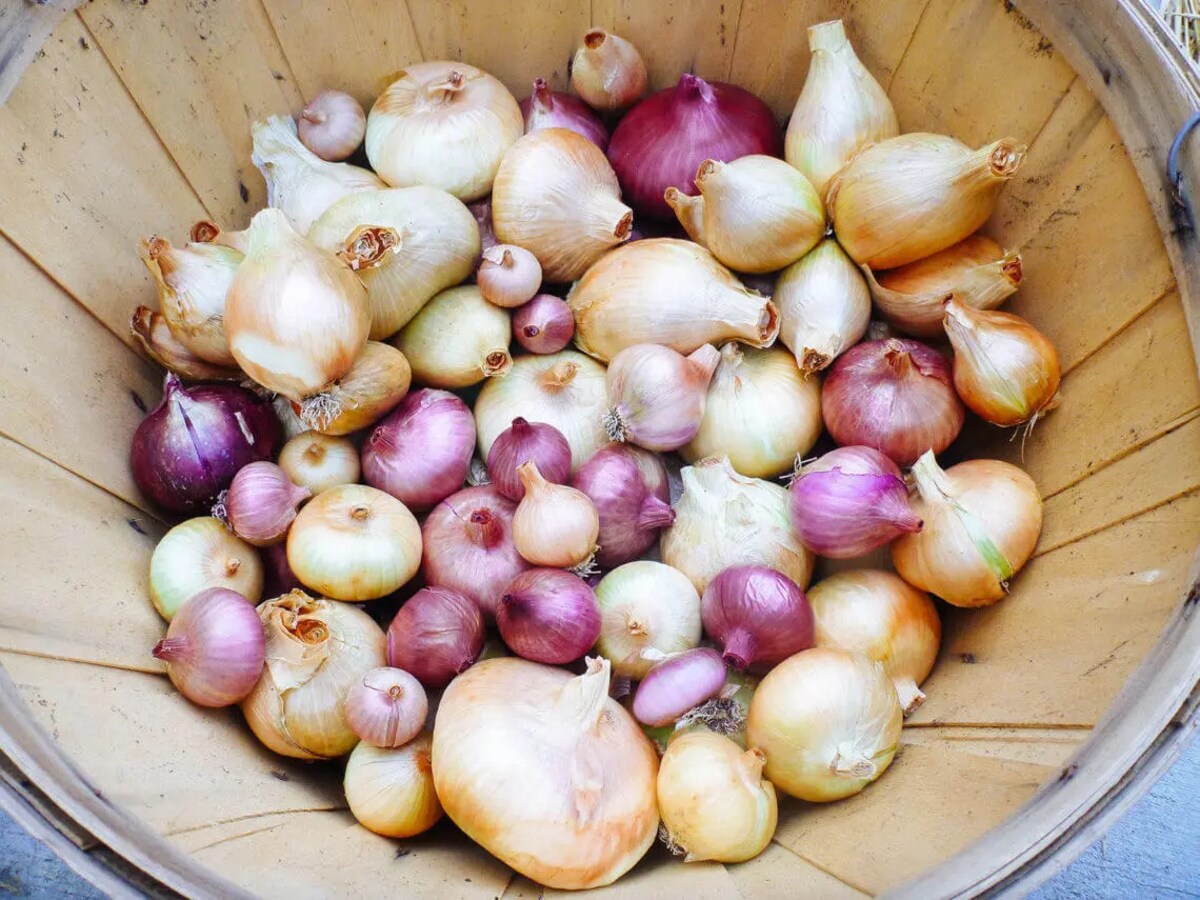
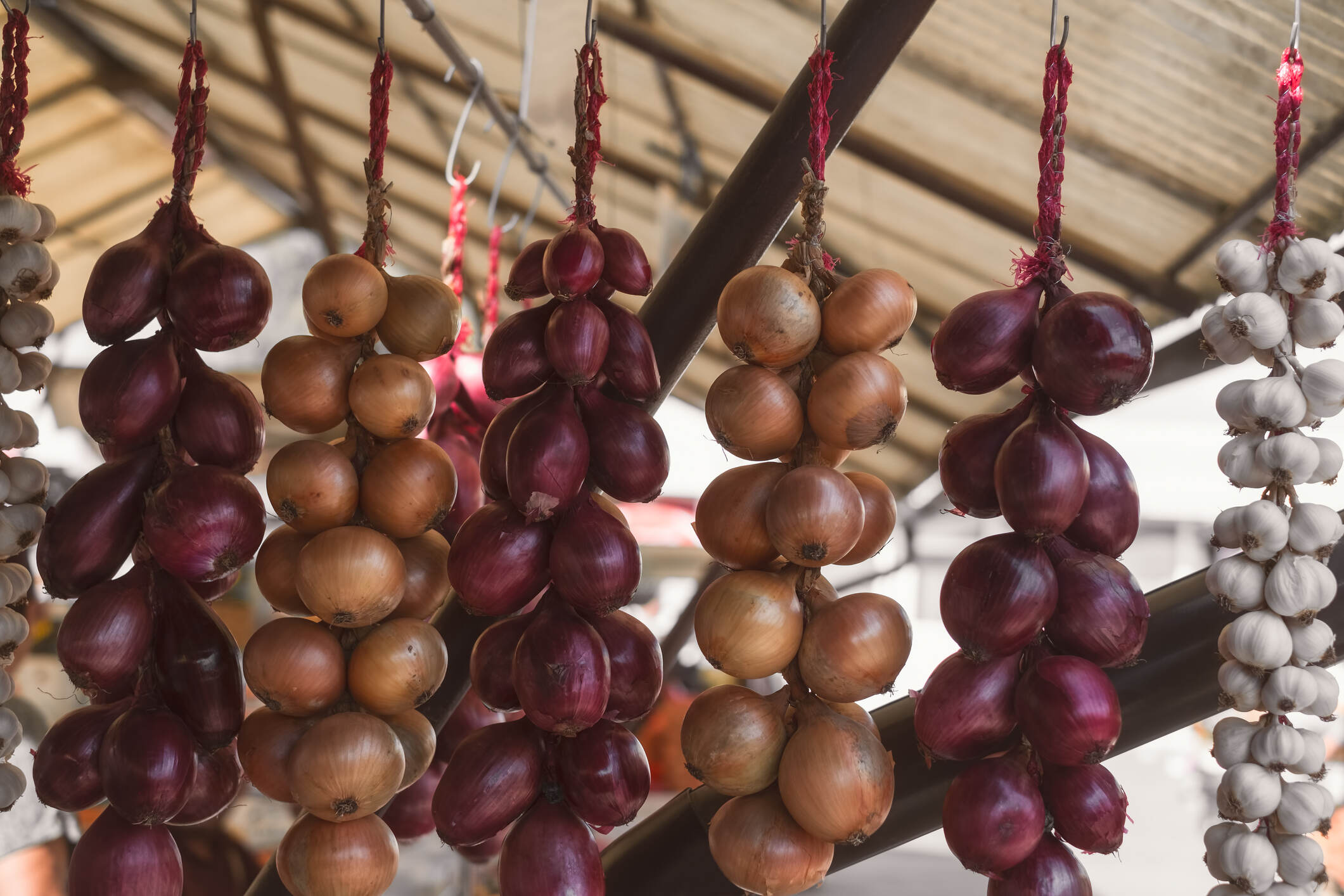
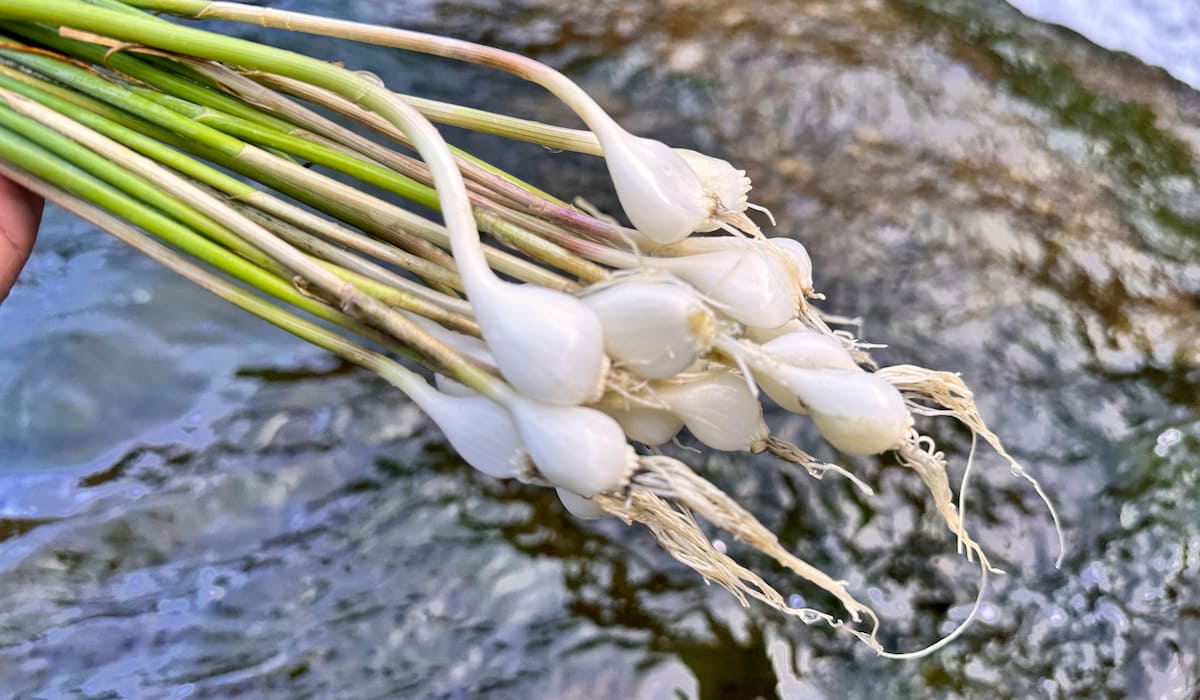
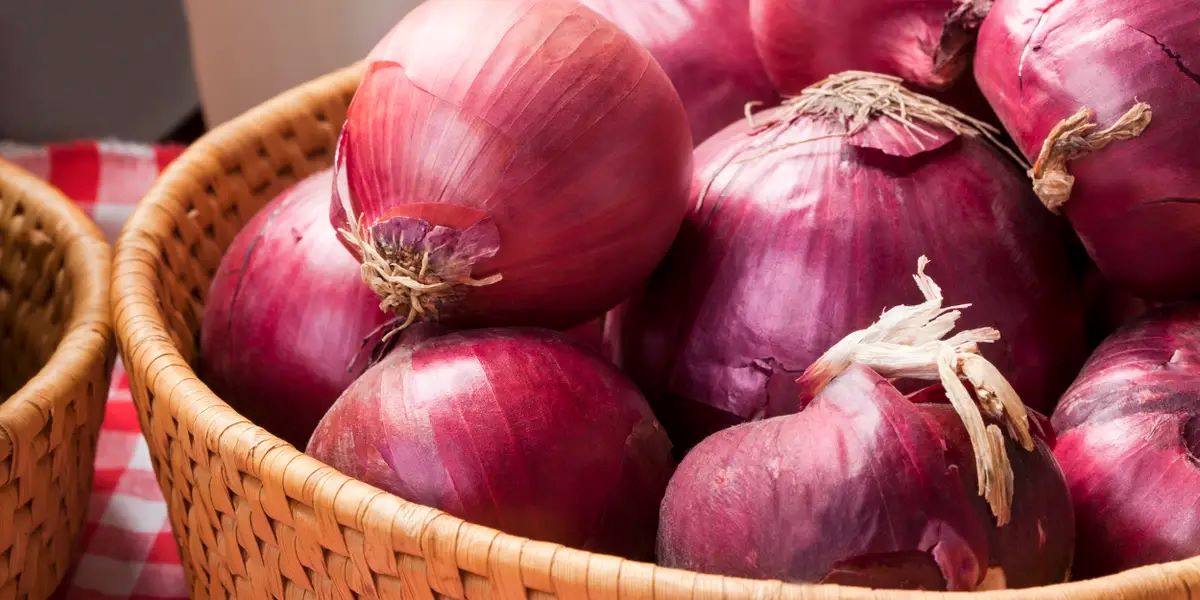
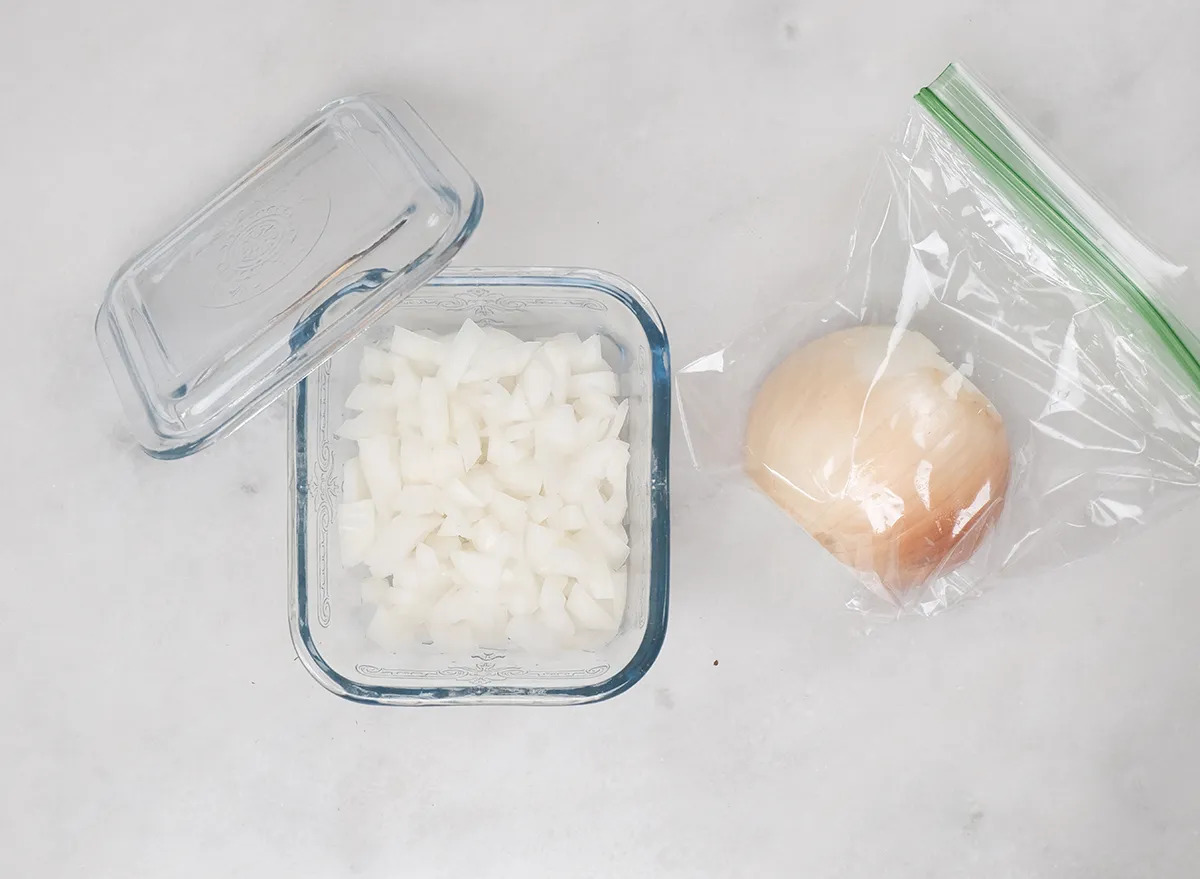
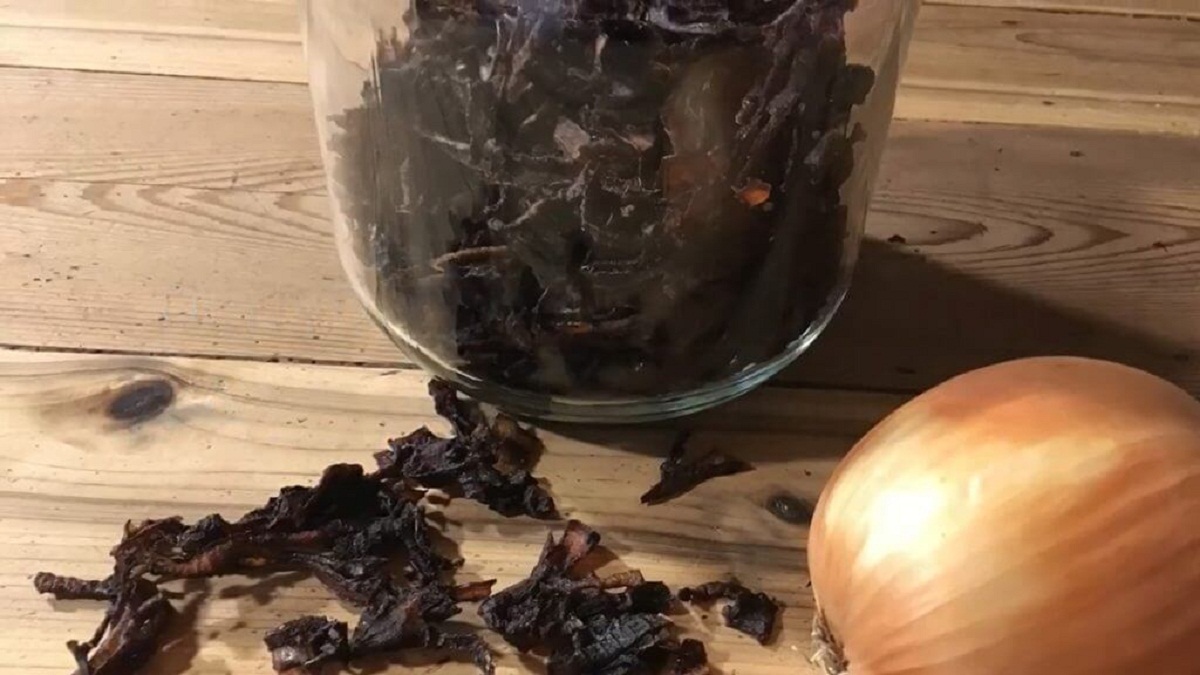
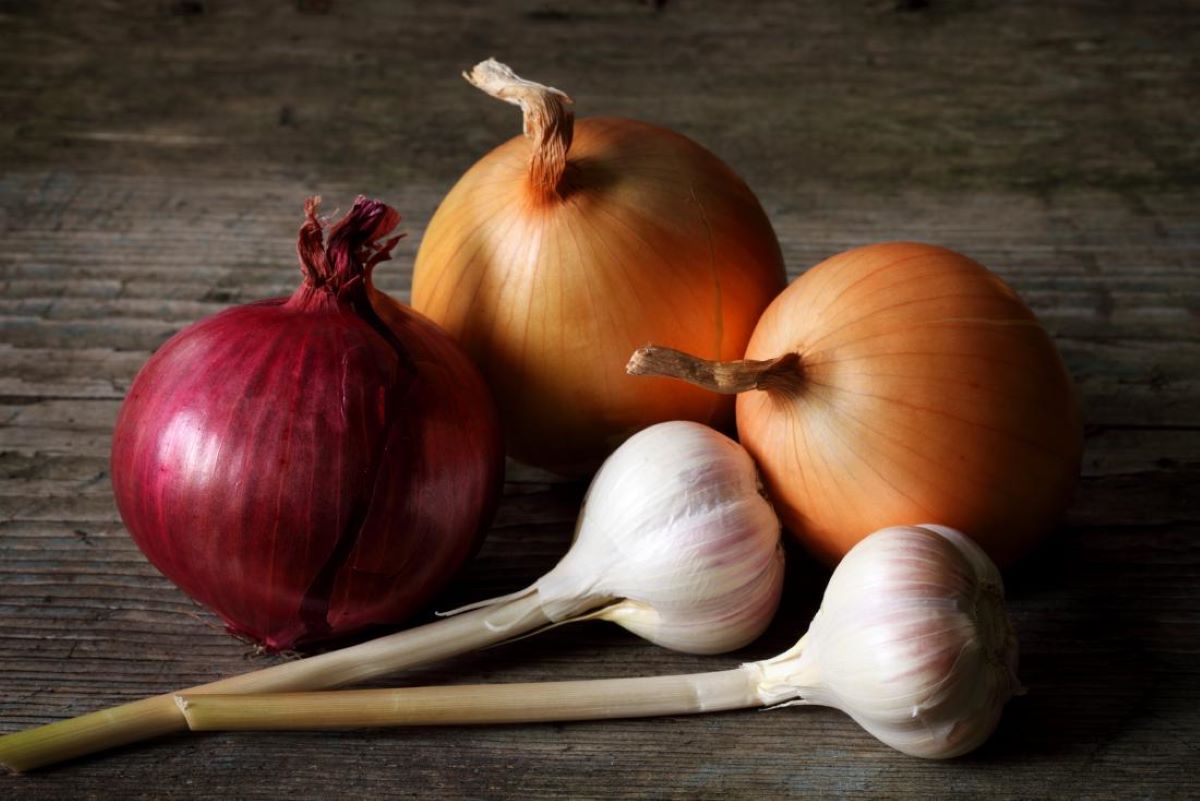
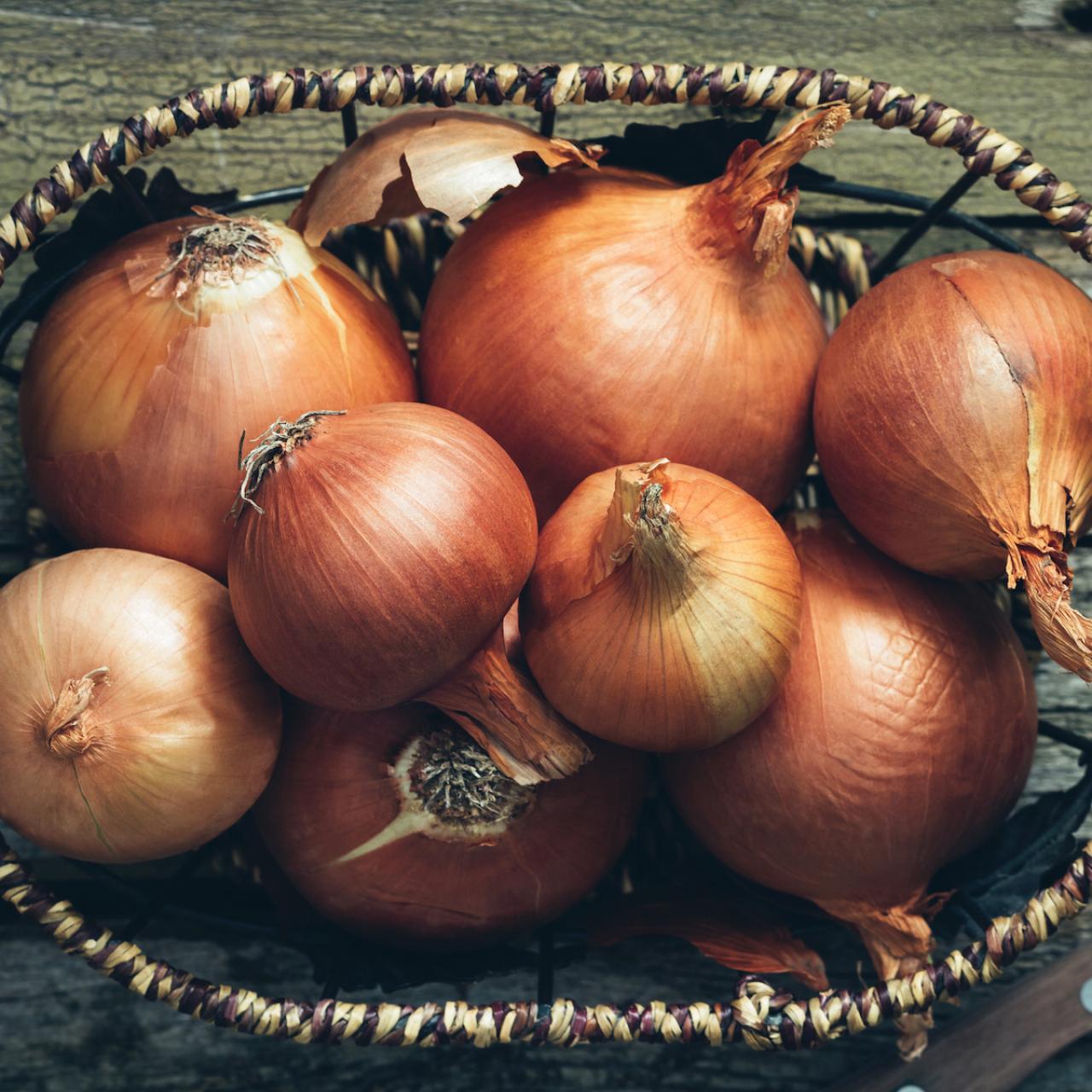
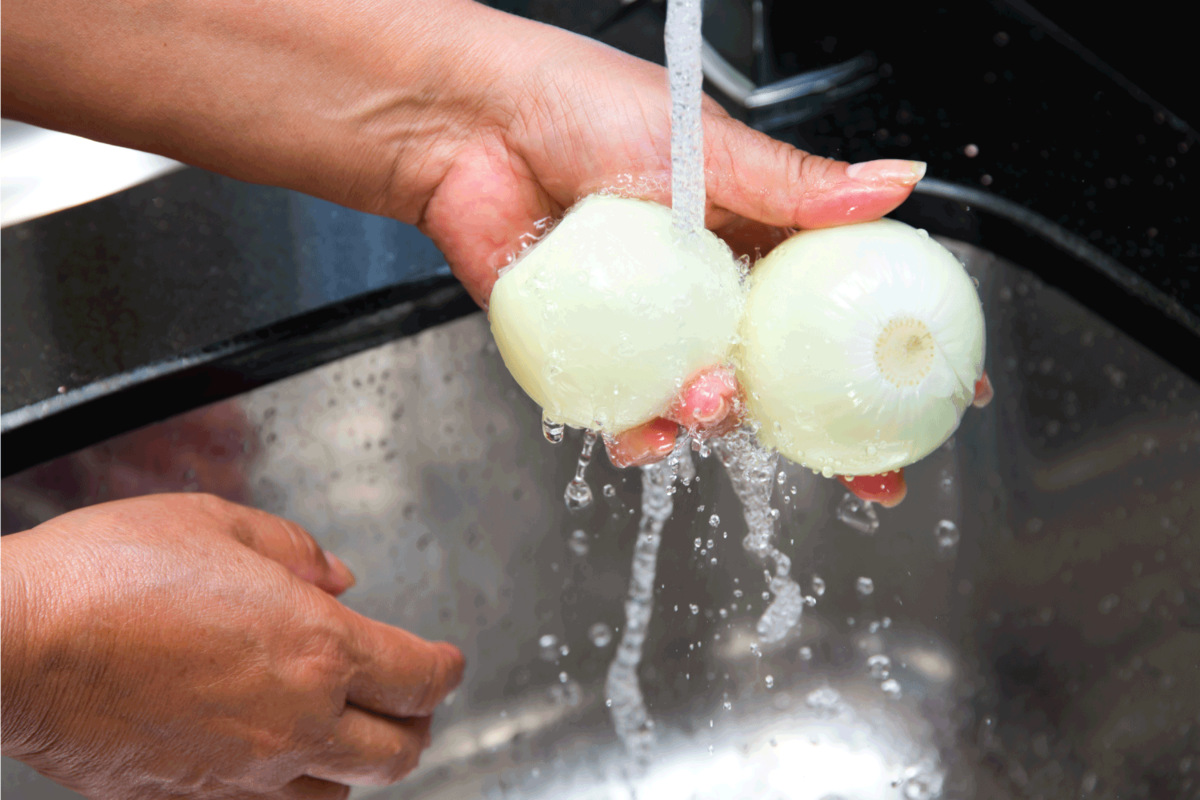
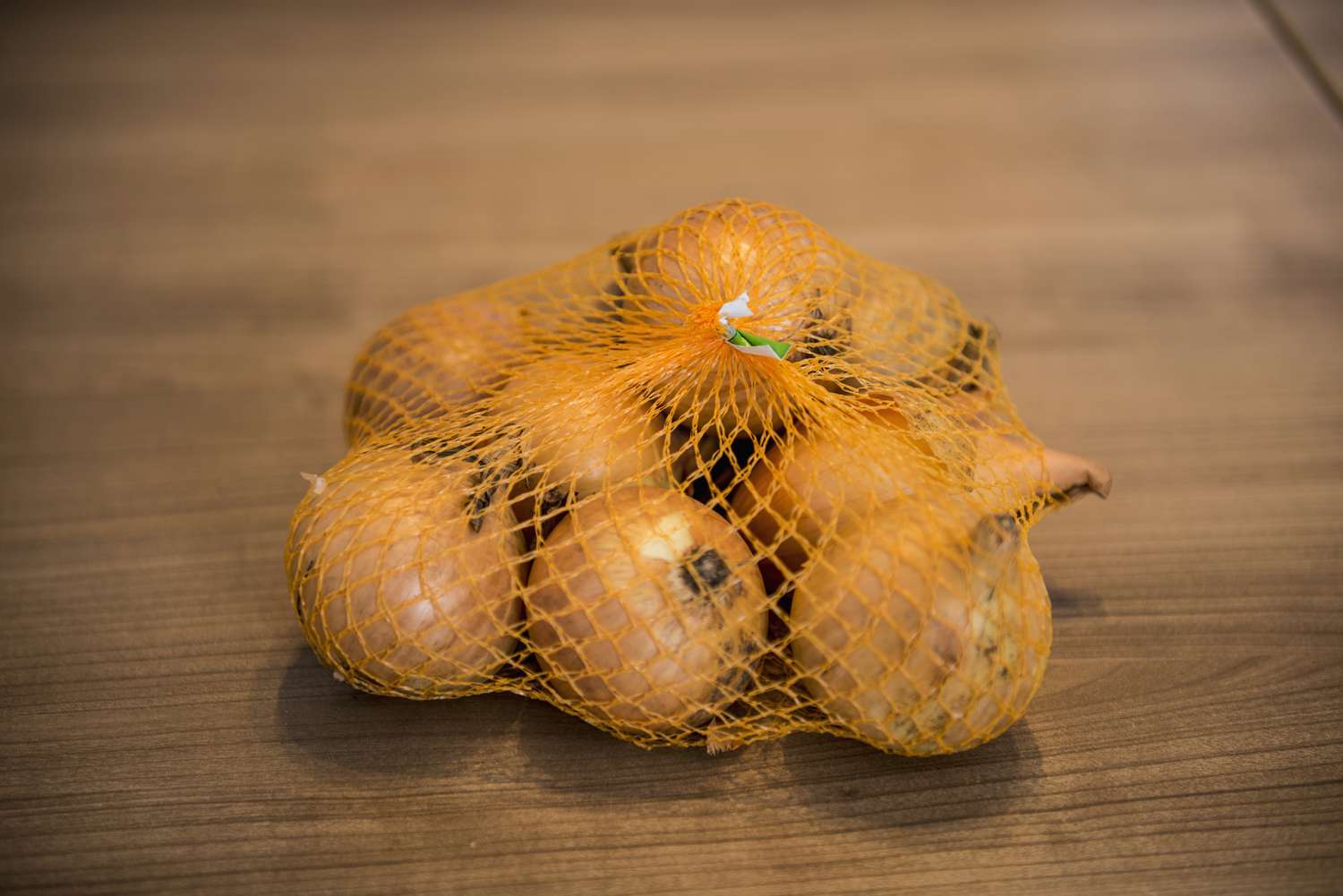
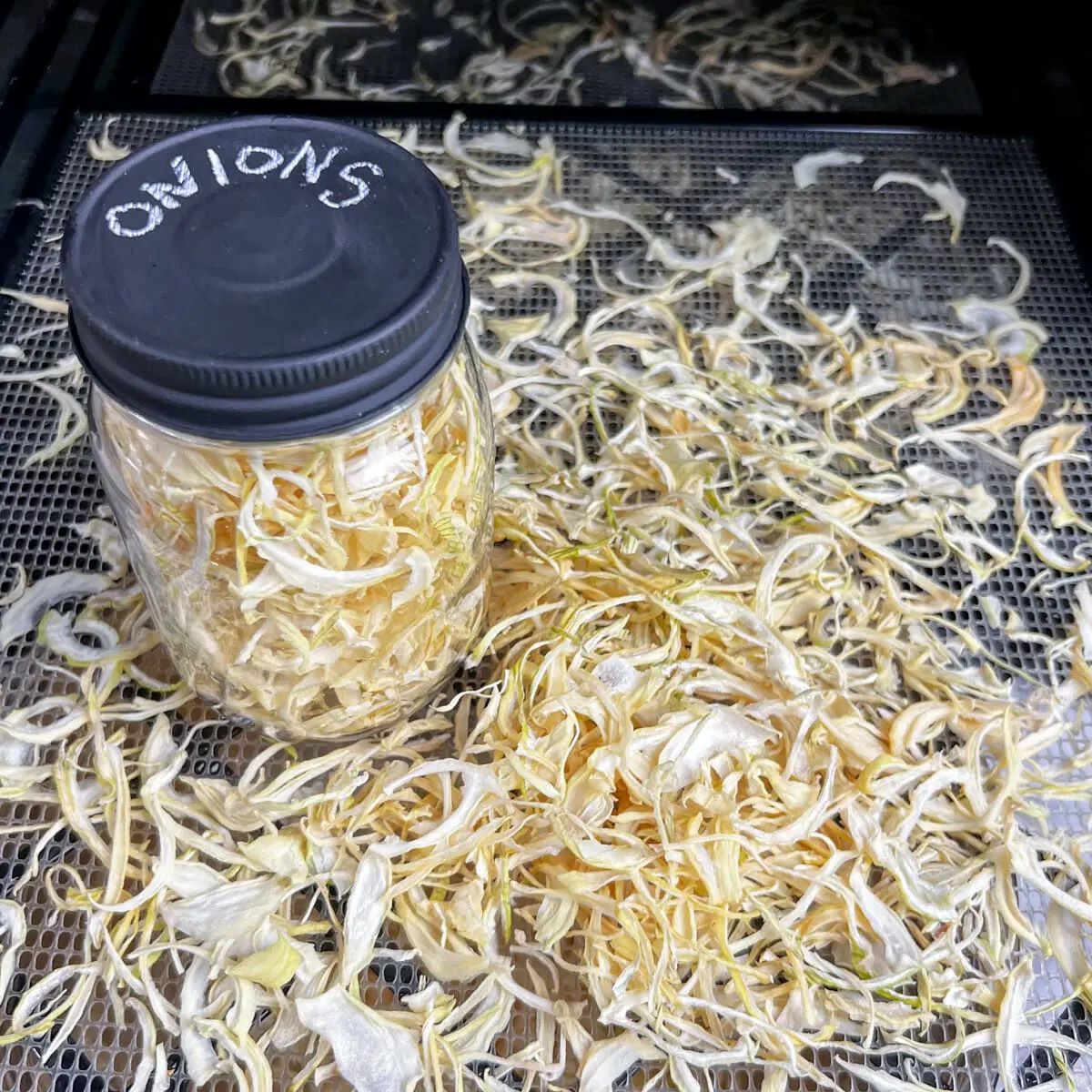
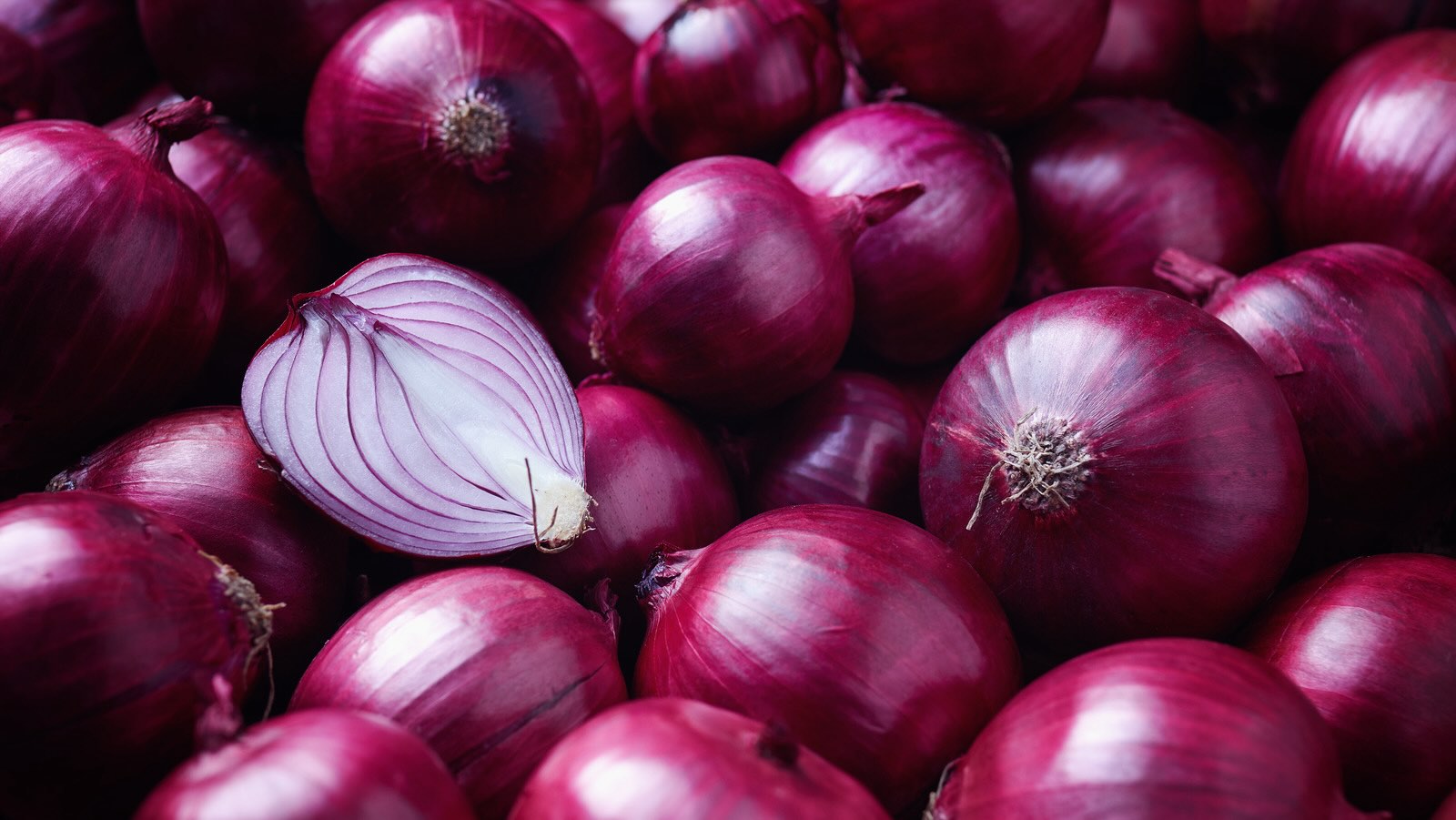
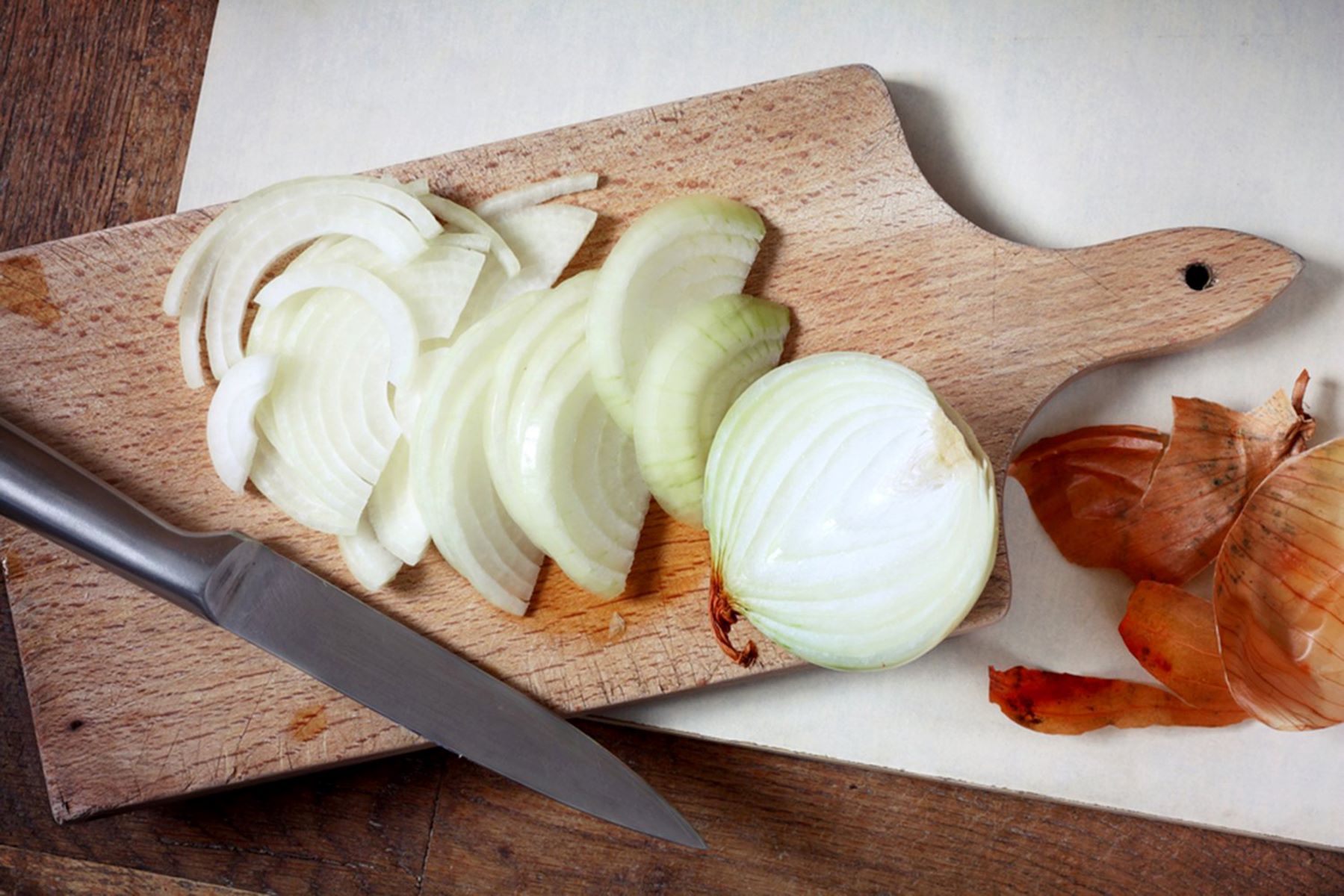
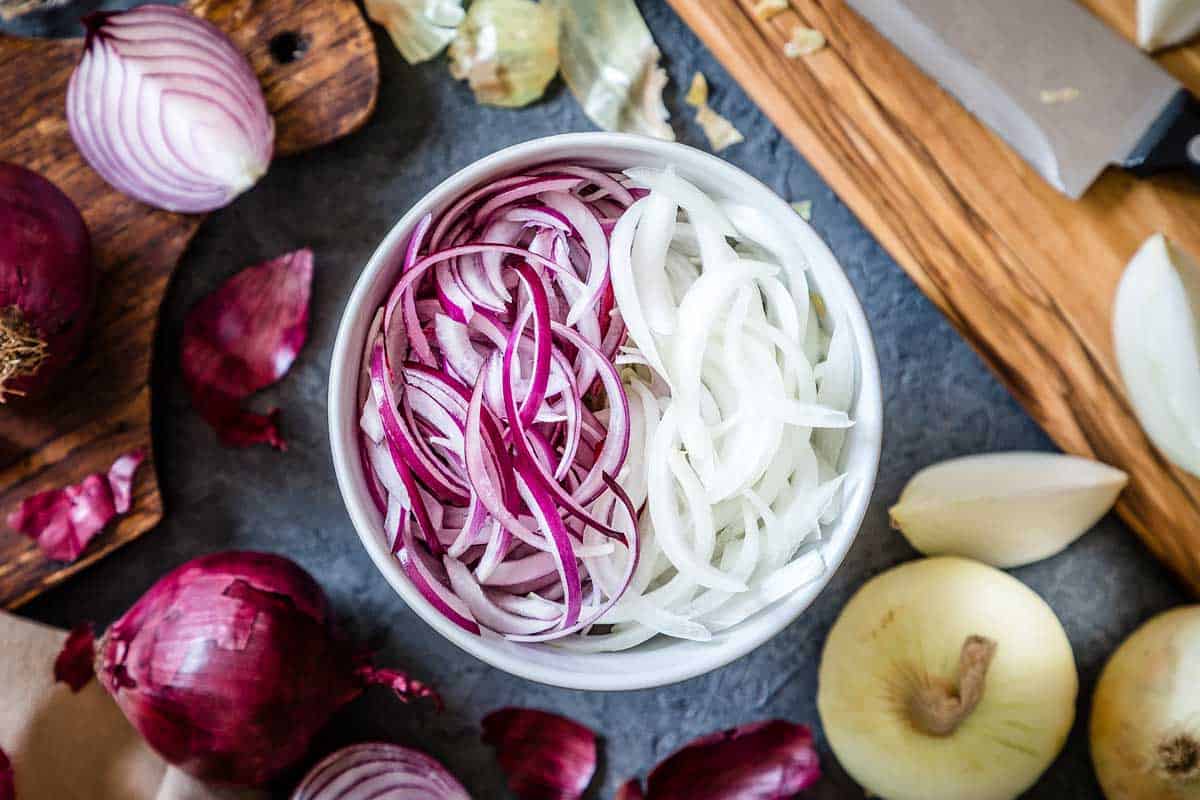

0 thoughts on “How To Store Spring Onion”